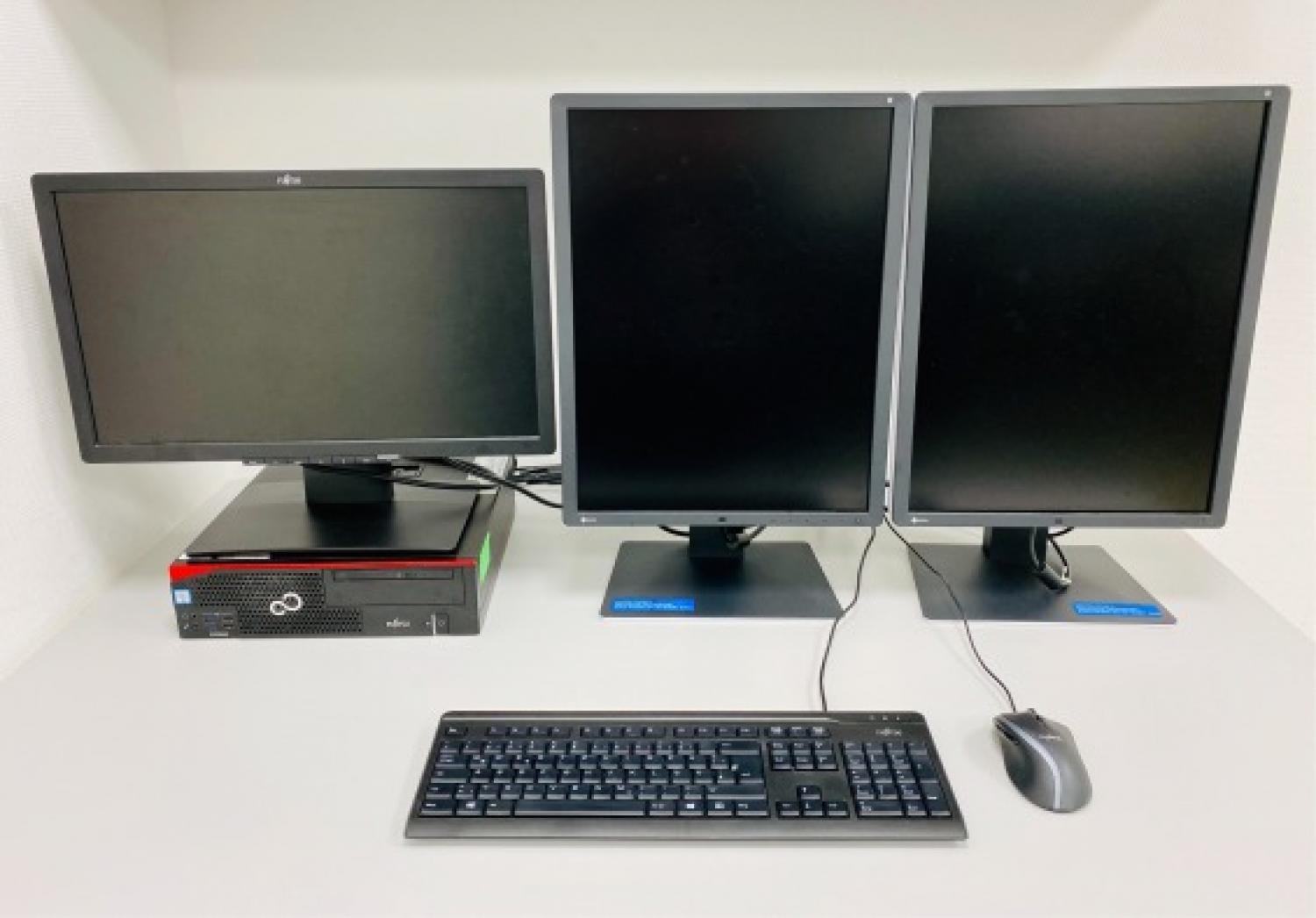
Elsevier, European Journal of Radiology Open, Volume 8, January 2021
Purpose: Besides diagnostic imaging devices, in particular computed tomography (CT) and magnetic resonance imaging (MRI), numerous reading workstations contribute to the high energy consumption of radiological departments. It was investigated whether switching off workstations after core working hours can relevantly lower energy consumption considering both ecological and economical aspects. Methods: Besides calculating different theoretical energy consumption scenarios, we measured power consumption of 3 workstations in our department over a 6-month period under routine working conditions and another 6-month period during which users were asked to switch off workstations after work. Staff costs arising from restarting workstations manually were calculated. Results: Our approach to switching off workstations after core working hours reduced energy consumption by about 5.6 %, corresponding to an extrapolated saving of 3.2 tons in carbon dioxide (CO2) emissions and 2100.70 USD/year in electricity costs for 227 workstations. Theoretical calculations indicate that consistent automatic shutdown after core working hours could result in a potential total reduction of energy consumption of 38.6 %, equaling 22.2 tons of CO2 and 14,388.28 USD/year. However, staff costs resulting from waiting times after manually restarting workstations would amount to 36,280.02 USD/year. Conclusions: Switching off workstations after core working hours can considerably reduce energy consumption and costs, but varies with user adherence. Staff costs caused by waiting time after manually starting up workstations outweigh energy savings by far. Therefore, an energy-saving plan with automated shutdown/restart besides enabling an energy-saving mode would be the most effective way of saving both energy and costs.
